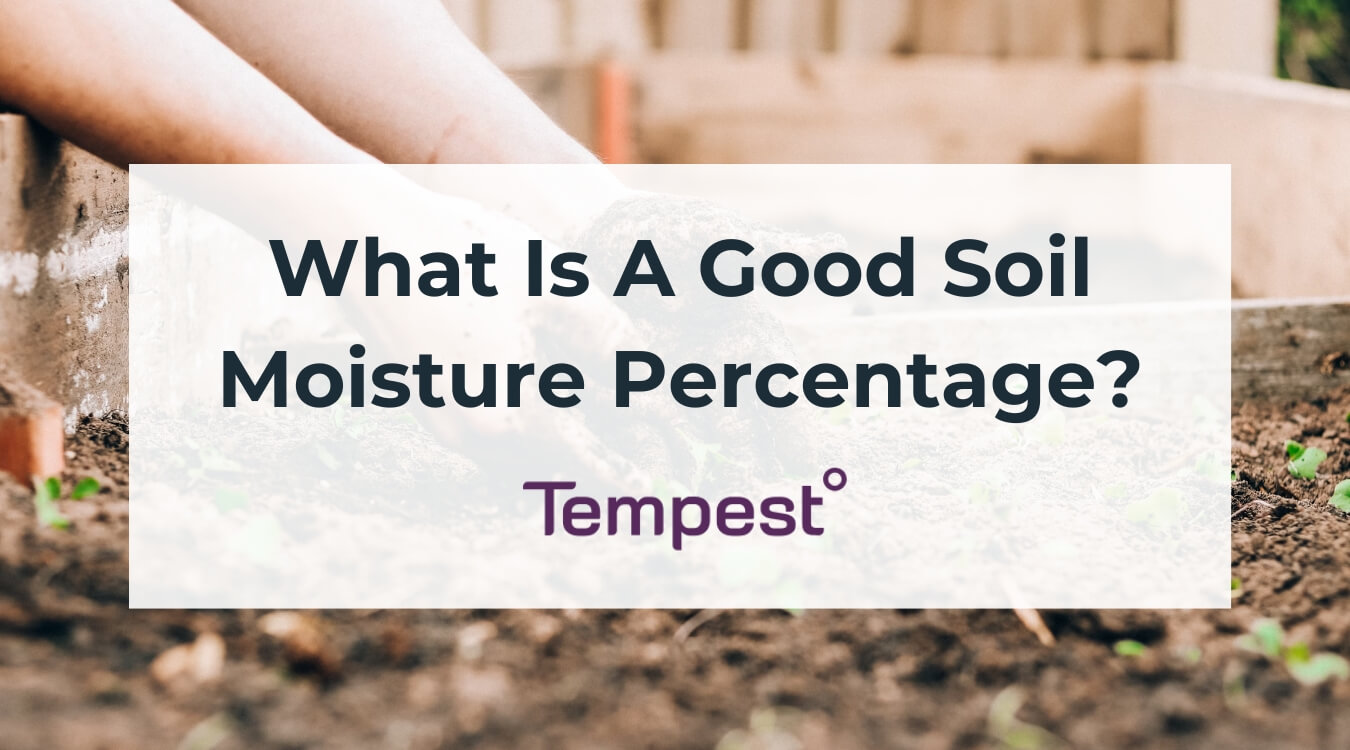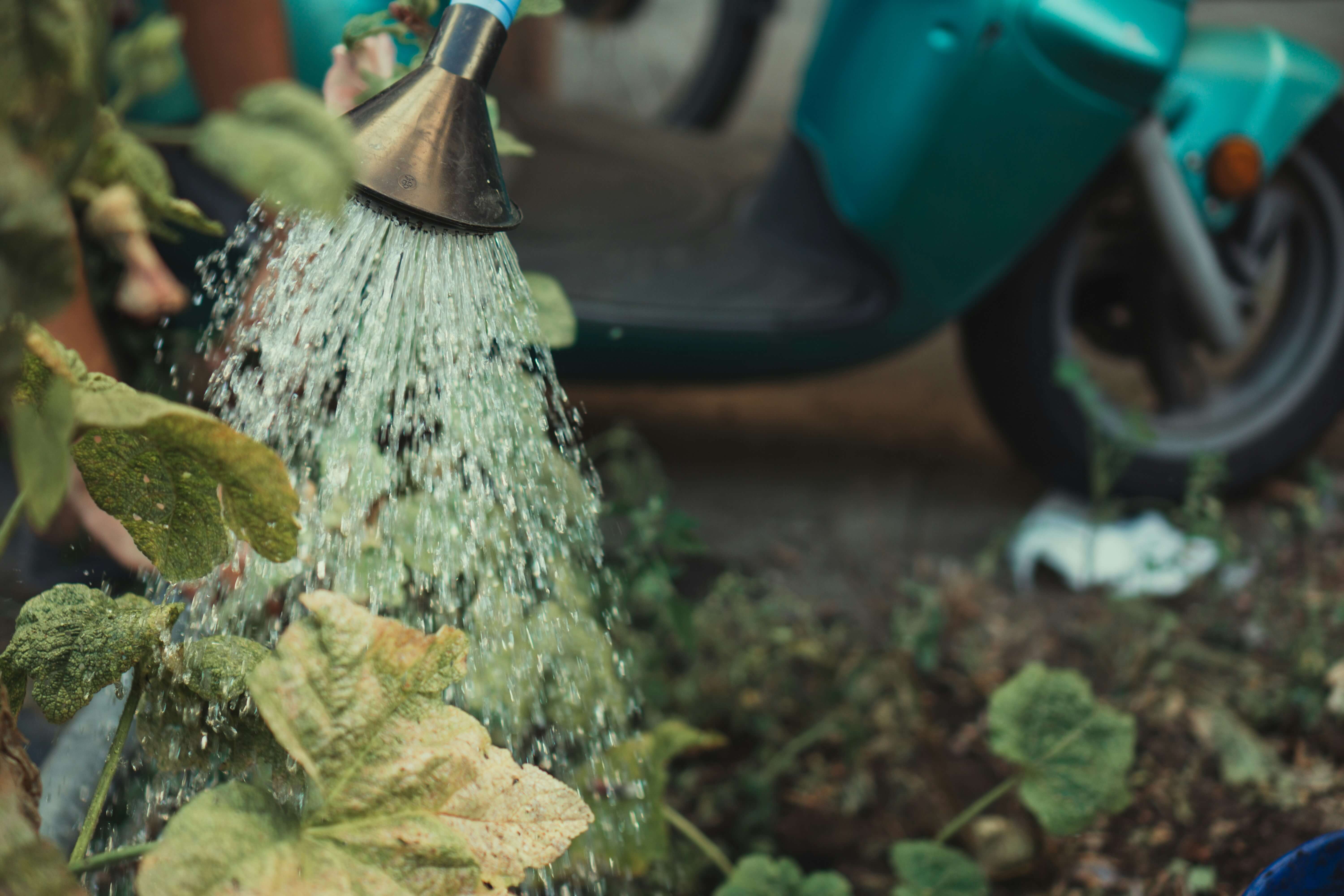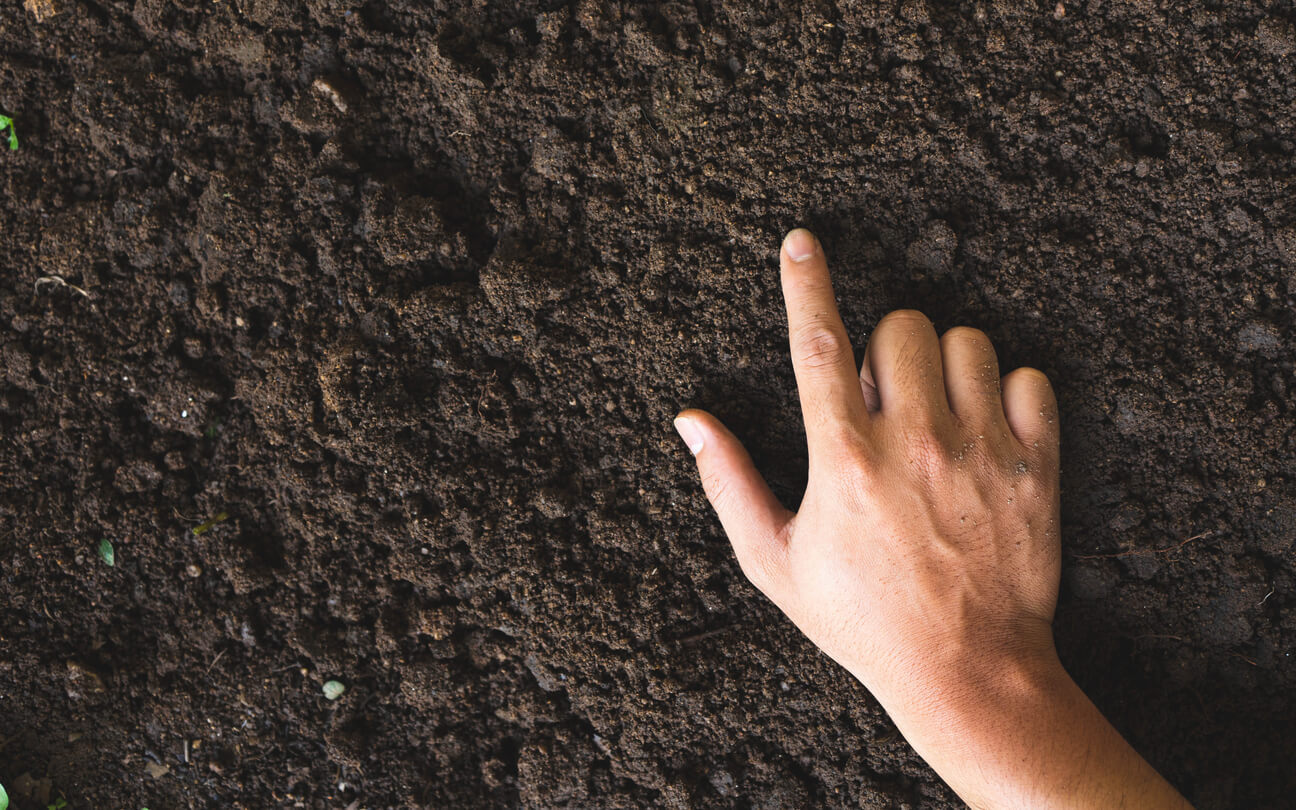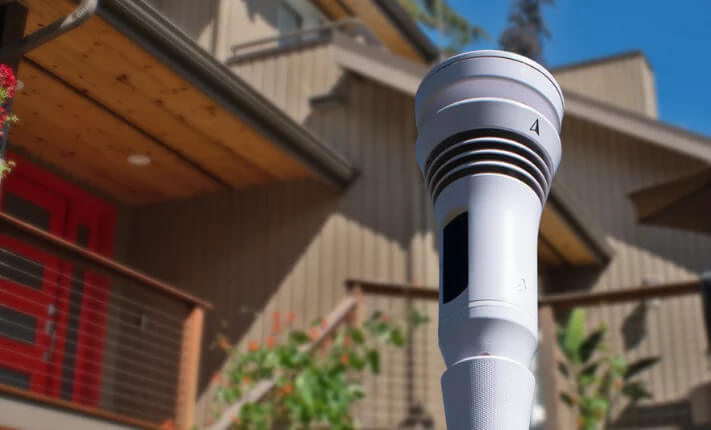
Plants need water for photosynthesis to grow, but it can be difficult to know if they need more or have too much moisture. Humidity and rain heavily affect outdoor plants, making it even more difficult to maintain proper soil moisture.
Soil moisture levels can influence how well a plant grows and survives. It’s important to understand the factors that affect how moist the soil is for plants to thrive. In this guide, you will learn more about why you should pay attention to the moisture content of the soil and how to measure it.
- What Is Soil Moisture?
- What Affects The Moisture Content Of The Soil?
- What Is A Good Soil Moisture Percentage?
- How To Measure Soil Moisture
Explore the Tempest Home Weather System, which provides rainfall accumulation data for your gardening needs.
What Is Soil Moisture?
Soil moisture is the amount of water in the unsaturated soil pores. There are two levels of soil moisture to be aware of: surface and root. It is typically measured in percentages based on how much water the soil can hold, how much water the plant needs, and how much water there is in the soil. Soil moisture levels are not the same in every area as it depends on the type of soil, plants, and weather conditions.
Why Does Knowing The Soil Moisture Level Matter?
For plant growth, plants absorb water through their roots from the moisture in the soil. Too much moisture in the soil reduces the amount of oxygen, damaging the plant’s roots and making it more difficult to absorb water. Too little water causes the plant to not go through photosynthesis, damaging the cells and tissues of the plant.
Checking the moisture level of the soil is a great way to monitor your garden’s health. It’s easier to check the soil moisture than trying to save your plants after seeing warning signs of too much or too little water.
What Affects The Moisture Content Of The Soil?
More than just water affects the moisture content of the soil. The type of soil and weather phenomena like rain, humidity, and temperature influence the amount of water in the soil.
Weather
The weather greatly influences the health of your garden and outdoor plants. Three main factors that affect the soil moisture content include:
- Rainfall: Rain accumulation has the most direct impact on soil moisture content. Measuring the amount of rainfall that happens can give you a better understanding of how much you should water your outdoor plants.
- Humidity: When humidity is high, less soil moisture evaporates. If you live in an area with dry heat, you need to water your plants more often since moisture evaporates faster.
- Temperature: The higher the temperature, the more soil moisture evaporates. Milder climates with lower temperatures require you to water your plants less frequently.
Weather instruments like the Tempest Weather System and a hygrometer can help you accurately read humidity and temperature in your area.
Soil Type
How does soil type determine how much water is absorbed into the soil? The density and minerals in the soil determine how much water is absorbed. There are three main types of soil in the United States:
- Sandy Soil: Sandy soil is the most common type of soil. It’s light to golden brown and has a soil texture like sand. It’s recommended to slowly water it to get to the root zone of the soil.
- Loam Soil: Loam soil is soft and gritty, but it absorbs water easily. It is recommended that you water it as much as the plants in the soil need.
- Clay Soil: Clay soil holds a lot of moisture compared to the other two types of soil, but it takes a long time to absorb and release moisture, making the plants more susceptible to a drought. It’s recommended to slowly water plants in this soil to help it absorb.
What Is A Good Soil Moisture Percentage?
Most plants’ good moisture level percentages range from 21-80%. The ideal soil moisture content of vegetables and other plants includes:
- Trees, flowers, and shrubs: 21%-40%
- Vegetables: 41%-80%
The ideal soil moisture for grass tends to range on the higher end but ultimately depends on the soil it’s planted in.
It’s recommended to follow traditional watering instructions for indoor plants and to water your outdoor plants and gardens around three times a week depending on the amount of rainfall. A rain gauge or personal home weather station like the Tempest Weather System can help you track how much rain has fallen to plan your garden activities.
Learn why the Tempest Weather System is the best personal garden weather station and can turn your garden into a smart garden.
How To Measure Soil Moisture
The easiest way to measure soil moisture levels is to stick your finger into the soil and feel how wet or dry the soil is. You must stick your finger deep enough to feel the soil moisture at the root level. If the soil feels dry by the roots, it needs more water.
If you want a more accurate measurement, use a soil moisture meter or tensiometer. These meters give you a moisture percentage and can also provide other information like temperature.
Monitor Rain Accumulation And Humidity Accurately For Your Garden With The Tempest Weather System
The number of times you water your plants will not improve the quality of your garden. The soil type and amount of water in your soil will give you a more accurate reading of the health of your plants. The Tempest Weather System gives accurate rain accumulation and humidity readings to help you with your outdoor watering habits.
Our personal weather station also detects wind speed, dew point, and the UV index in your local area, providing a more accurate local weather report. It can also connect your garden weather data to your smart home system. Feel confident with the Tempest Weather Systems weather data before you go out to work in the garden.
Shop the Tempest Weather System for accurate local forecast data to drive all weather and garden-related decisions.


